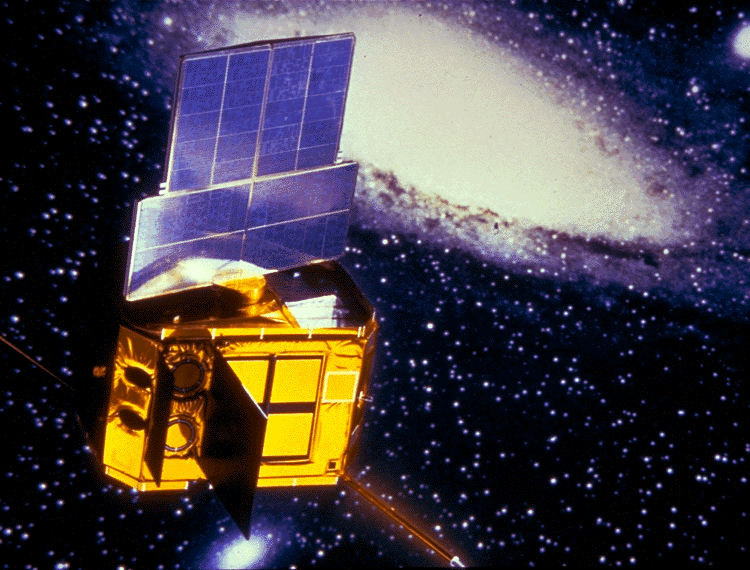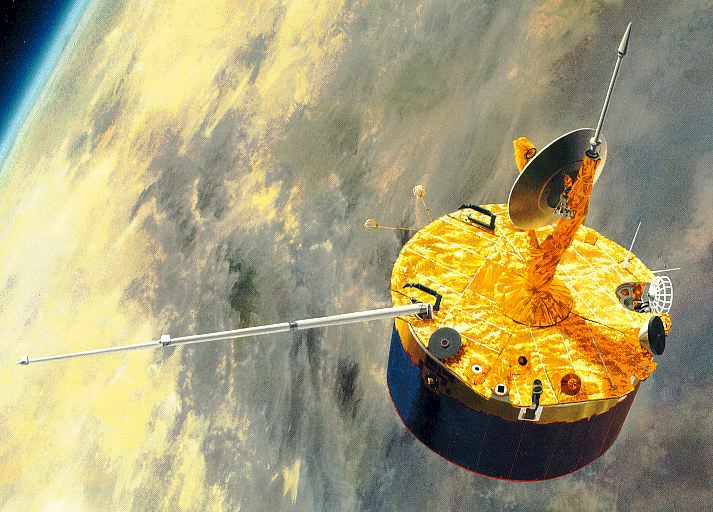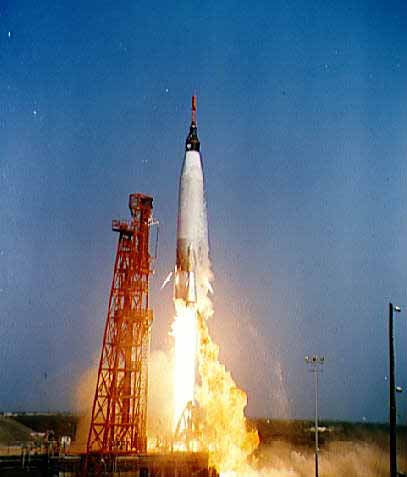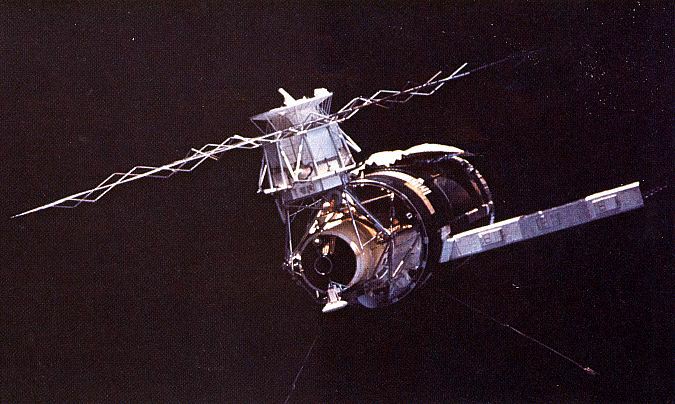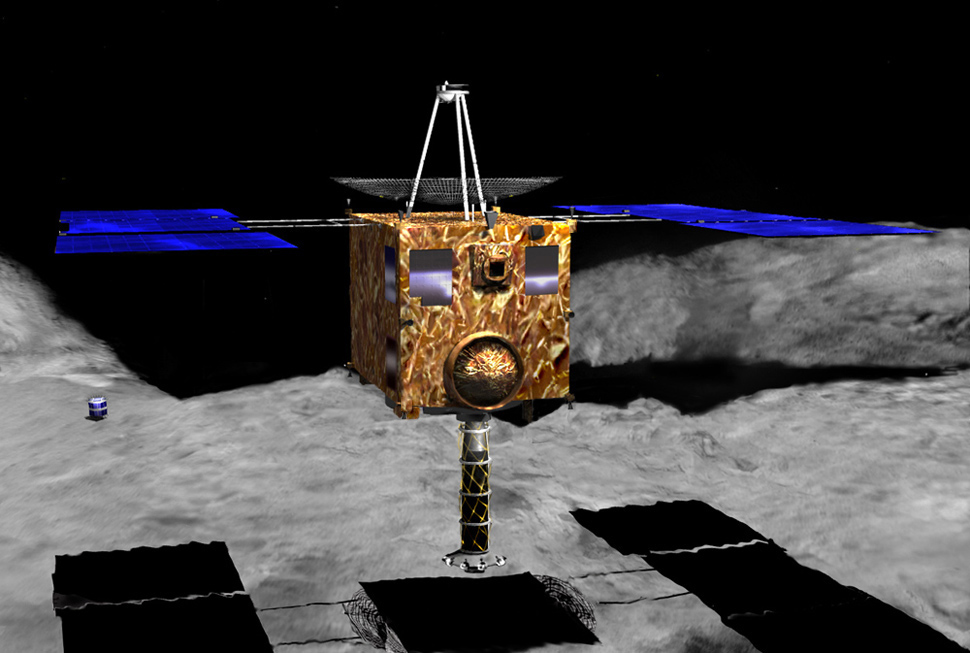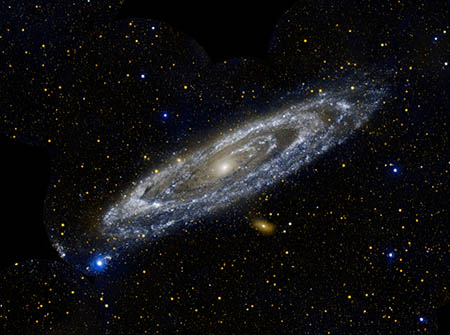Fifteen years ago today — June 2, 1988 — the Space Shuttle Discovery launched from Kennedy Space Center on the final Shuttle/Mir mission.

(STS-91 rolling out to the launch complex. NASA image.)
STS-91 astronauts Charles J. Precourt, Dominic L. Pudwill Gorie, Wendy B. Lawrence, Franklin R. Chang-Diaz, and Janet L. Kavandi, along with Russian cosmonaut Valery Victorovitch Ryumin, docked with the Mir space station on June 4th, marking the ninth time a shuttle had docked with the Russian station (but the first for Discovery). They transferred water and other supplies to the station, conducted a series of experiments, and returned astronaut Andrew Thomas to Earth after he spent 130 days on Mir.
In other space history …
On this date 30 years ago, the Venera 15 radar mapping spacecraft launched from the Baikonur Cosmodrome on a Proton K rocket. Its sister ship, Venera 16, launched a few days later. Venera 15 entered orbit around Venus on October 10, 1983, and operated until July 1984.
And 10 years ago today, the European Space Agency launched the Mars Express mission on a Soyuz-Fregat rocket out of Baikonur. The spacecraft arrived at Mars in December 2003 and released the “Beagle 2” lander, which unfortunately was lost. Mars Express itself continues to study the red planet from orbit.
___
For anyone who cares, today’s space history post was delayed because the National Space Science Data Center’s catalog of spacecraft data has been balky lately.





